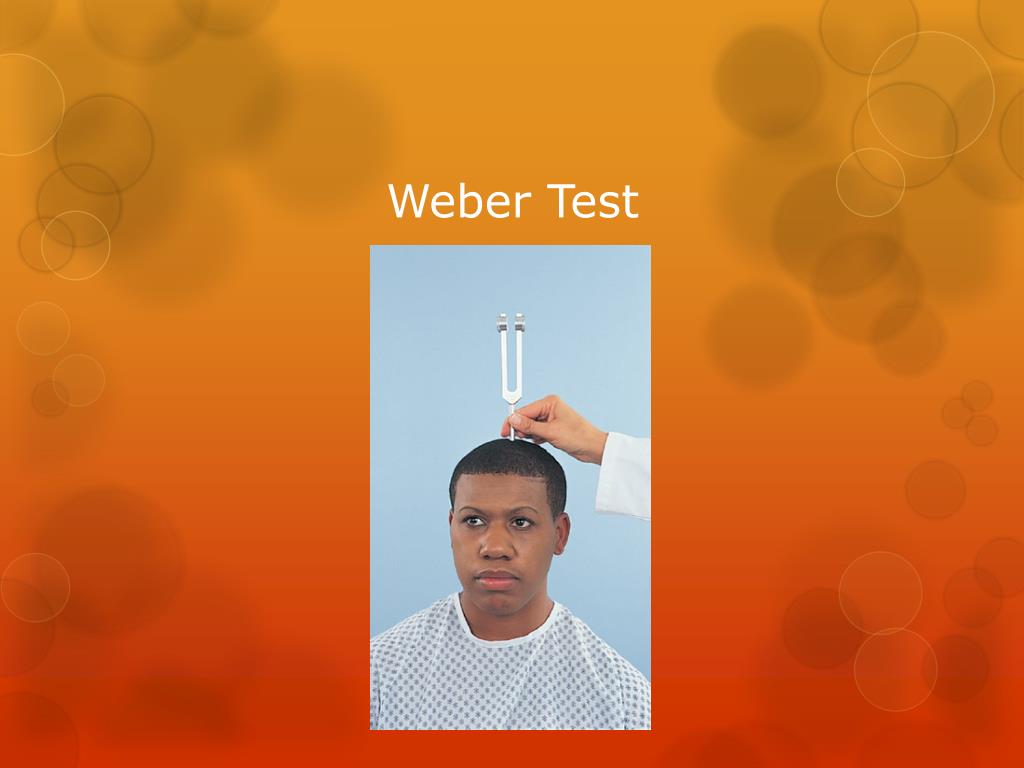

This cookie is set by GDPR Cookie Consent plugin. The cookies is used to store the user consent for the cookies in the category "Necessary". The cookie is set by GDPR cookie consent to record the user consent for the cookies in the category "Functional". The cookie is used to store the user consent for the cookies in the category "Analytics". These cookies ensure basic functionalities and security features of the website, anonymously. Necessary cookies are absolutely essential for the website to function properly. To finish the examination, stand back from the patient and state to the examiner that to complete your examination, you would like to perform a: Remember, if you have forgotten something important, you can go back and complete this. For sensorineural hearing loss, the sound is loudest on the contralateral side to the hearing deficit.For conductive hearing loss, the sound is loudest on the ipsilateral side to the hearing deficit.For normal hearing, the sound is heard in the midline.Ask the patient whether the sound is heard in the midline or has lateralised Strike the tuning fork (512Hz) against your elbow and place on the patient’s forehead in the midline. For conductive hearing loss, bone conduction is heard better than air conduction (Rinne negative).

For normal hearing or sensorineural hearing loss, air conduction is heard better than bone conduction (Rinne positive).Strike the tuning fork (512Hz) against your elbow and place against the mastoid process (bone conduction), then once patient stops hearing it, hold it near the external ear canal (air conduction) *The cone of light can be used to orientate it is located in the 5 o’clock position when viewing a normal right tympanic membrane and in the 7 o’clock position for a normal left tympanic membrane.įigure 3 – A traumatic perforation of the left tympanic membrane Assessment of Hearing Rinne Test Hold the otoscope like a pen between thumb and index finger, left hand for left ear and right hand for right ear, resting your little finger on the patient’s cheek – this acts as a pivot.įor a normal tympanic membrane, you should be able to observe*: Gently straighten out the ear canal by pulling the external ear superiorly and posteriorly Inspect the outer aspect of the external ear canal using the otoscope as a light source Neurodegenerative disorders (e.g., Hunter's syndrome) or sensory motor neuropathies (e.g.Figure 1 – A basal cell carcinoma located on the posterior aspect of the outer ear External Ear Canal Syndromes associated with progressive hearing loss (e.g., neurofibromatosis, osteopetrosis, Usher's syndrome) Neonatal indicators: hyperbilirubinemia requiring exchange transfusion, persistent pulmonary hypertension associated with mechanical ventilation, conditions requiring extracorporeal membrane oxygenation In utero infection (e.g., toxoplasmosis, rubella, cytomegalovirus infection, herpes, syphilis) Postnatal infection associated with sensorineural hearing loss (e.g., meningitis) Physical features or other stigmata associated with a syndrome known to include sensorineural or conductive hearing loss or eustachian tube dysfunction Parental or caregiver concern about hearing, speech, language, or developmental delayįamily history of permanent hearing loss during childhood Physical features or other stigmata associated with a syndrome known to include sensorineural or conductive hearing loss Illness or condition requiring admission to neonatal intensive care unit for at least 48 hours In utero infection (e.g., toxoplasmosis, rubella, cytomegalovirus infection, herpes) Family history of permanent sensorineural hearing loss during childhood


 0 kommentar(er)
0 kommentar(er)
